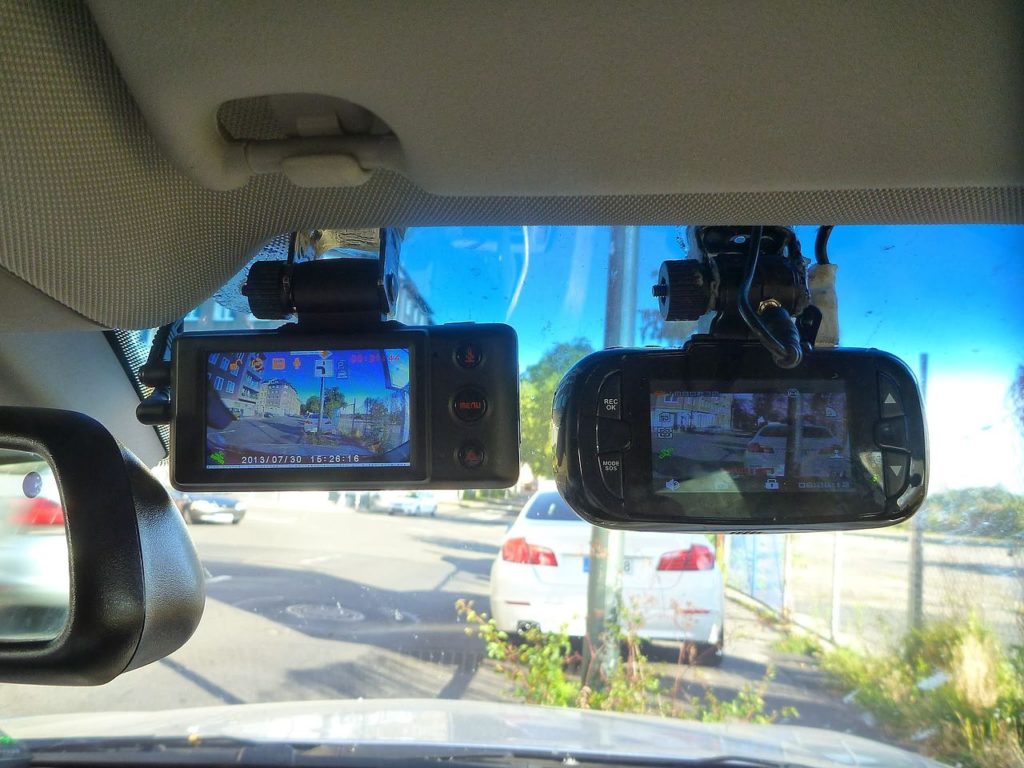This Friday (25 May) sees the introduction of new rules on the use of dashboard cameras, known as dashcams (photo), by police attending incidents. The new rules also cover wearable cameras known as bodycams.
The law was passed by the Belgian parliament some time ago, but its entry into force was delayed in order to stay in line with new EU rules on privacy, which also come into force on 25 May.
“In concrete terms, this means that police will be able to film during an intervention,” explained Olivier Van Raemdonck, a spokesperson for federal home affairs minister Jan Jambon. “The dashcam will be useful for things like car chases, while the bodycam can be used during street-fights or other problem situations.”
However the rules admit some restrictions. Bodycams must be clearly visible, and officers must where possible inform the members of the public involved that they are being filmed. Dashcams, meanwhile, may only be fitted on marked police vehicles. “We don’t want filming in secret from unmarked vehicles,” Van Raemdonck said, pointing out that the presence of cameras could also have a deterrent effect on anyone who might otherwise have considered committing an offence.
Police unions welcomed the introduction of the new rules, describing the cameras as “an ideal instrument for gathering evidence”. The use of a dashcam could have cleared up uncertainty, for example, in the case of the two-year-old refugee child recently killed by a police bullet during a high-speed chase, one police spokesperson suggested.
However some union representatives also expressed concern that the devices could end up being used to police the actions of the police officers themselves. But Jambon’s office said it would be left to local police chiefs to decide whether or not to equip their forces with the cameras. “We’re not obliging anyone,” the spokesperson said. “But we know that there is a demand at federal as well as local level.”
Alan Hope
The Brussels Times

